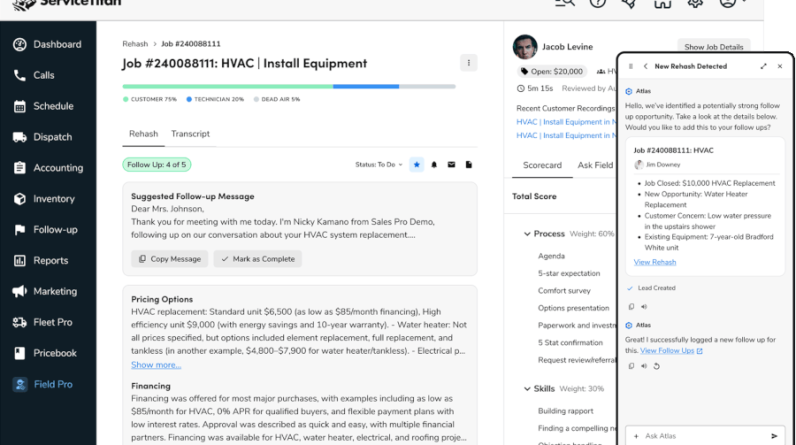Campaign Trail is our analysis of some of the best new creative efforts from the marketing world. View past columns in the archives here.
Advertisers and agencies continue to grapple with how rapid developments in generative artificial intelligence (AI) will affect their operations, from day-to-day concerns to more existential ones. And while often associated with the most tech-forward companies, generative AI has powered a new effort from a French luxury house that is nearly 200 years old.
To celebrate its iconic Flacon aux Abeilles fragrance, Maison Guerlain worked with Paris-based creative agency Mnstr to create a short film that looks back at the so-called Bee Bottle’s 170-year history and predicts an optimistic future 170 years from now. Premiered on June 12, “Born in 1853. Made for the future” is a two-minute piece that presents a seamless sequence of Bee Bottle-inspired images that morph with the shifting uncanny valley-aesthetic common in AI art.
Along with running on Guerlain’s social networks and digital platforms, “Born in 1853. Made for the future” was screened in June at the Vivatech trade fair in Paris via an immersive experience that allowed guests to dig deeper into the eras and themes of the film. The work is the fruit of a relationship between LVMH-owned Guerlain and Mnstr that sees the agency hunting for new innovations rather than responding to creative briefs.
“We don’t have a scope of work with this house,” said Simon Méchali, deputy managing director and partner at Mnstr. “When we have an idea, we’re going to pick up the phone and say, ‘We have a good idea, we need to pitch it to you.’ We have a co-creation process to build strong storytelling for the brand.”
The power of generative AI art was one such pitch that Mnstr made last fall to Guerlain, which wanted to integrate AI into one of their major moments in 2023, the 170th anniversary of the Bee Bottle. For Mnstr, AI could be a tool that turned archives and history into a vibrant, modern aesthetic.
“We didn’t want to just have a gratuitous use of AI,” said Martin Friedrich, strategic planner at Mnstr. “What can we say about Guerlain and only Guerlain through AI… to show the richness of the heritage?”
Training and prompting AI
To create the first half of the film, Mnstr created mood boards that covered key milestones in the last 170 years of art and beauty. Those included key movements, like Impressionism and Art Nouveau, but also elements specifically related to Guerlain’s history. The agency then turned mood boards into prompts for text-to-image AI technologies created by independent studio Bonjour Interactive Lab that were trained on Guerlain’s archives.
“We were submitting aesthetic references and prompts,” Friedrich said. “It’s a very iterative process because typing one word will not necessarily give you what you expected. It was a back-and-forth process with the AI which is really cool. It gave us things that we hadn’t necessarily thought about.”
Training Bonjour Interactive Lab’s AI model on Guerlain took a few weeks and was a necessary part of the process. An AI art platform like Midjourney, for example, doesn’t know what to make of a prompt about a “Guerlain Bee Bottle.” After training, Mnstr could use AI to play around and recreate the bottle as a building, a dress or even the Eiffel Tower.
To push the Bee Bottle 170 years in the future, Mnstr returned to the idea behind a project it created last year for Guerlain, Reaverse, that used nonfungible tokens to bring creativity to environmental protection and help rewild 28 hectares of land. Instead of reaching for the pessimistic tone and aesthetic of dystopia and cyberpunk in the second half of the film, Mnstr opted for the imagery of deep-space travel and solarpunk, a niche aesthetic favored by Mnstr creative director and co-founder Louis Bonichon.
“[Solarpunk] is basically a very optimistic vision of the future with lots of light and bright colors where nature and human life can finally find a way to coexist and to work together,” Friedrich said.
Creative ally — not human replacement
As Mnstr worked on the film, the world watched as new developments around AI were revealed weekly, if not daily. The rise of AI caused some soul-searching for people at the agency, especially artists and those who work with artists carrying legitimate concerns about being replaced by the technology.
“We thought, let’s not be lazy. Let’s make sure that we use AI as a creative ally and not a tool to make things for us, but with us,” Friedrich explained.
To that end, Mnstr developed three principles, inspired by Isaac Asimov’s Three Laws of Robotics, that would govern its use of AI. First, every image had to be a collaboration between humans and AI — never AI alone. Second, humans and AI should work together to elevate the artistic process beyond what each could do on their own. Lastly, the imperfections and anomalies of generative art must remain.
Using AI did change how Mnstr worked, recalibrating the roles of the creative process as staff relied on AI that can write code and draw faster than any human. Everyone became creative artistic directors who were directing something instead of executing it.
“It was very interesting in terms of the responsibility that each and every one of us would be taking for this project, that was sort of gratifying as well,” Friedrich said. “When we say creative ally, that’s what we have in mind.”






